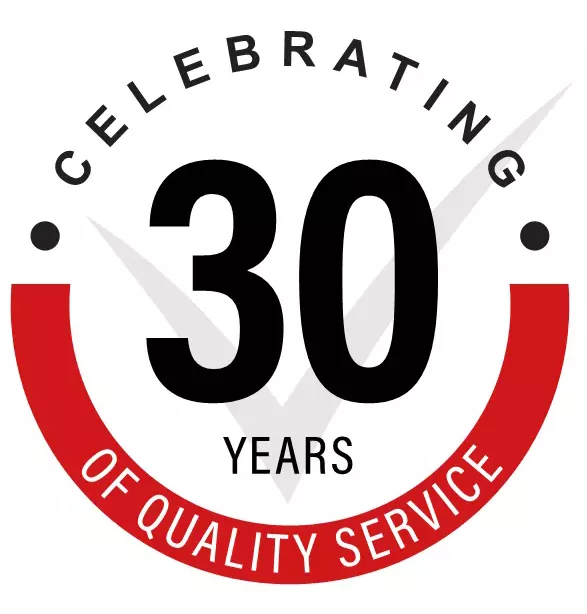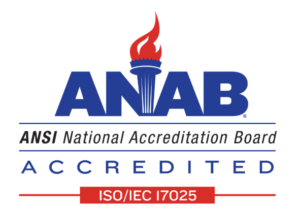While your spectrometer isn’t going to work forever, you can make it last a lot longer by taking care of the four most critical pieces:
There are other smaller parts, but you can schedule maintenance around these main four parts, and include the other smaller parts when you are doing the major parts.
Typically, there is some overlap between these four critical components and the smaller parts. Replacing the little things will be fairly simple, but if the four critical components are not properly maintained, it will be very expensive to replace them.
To better understand why these four parts are so important, the following sections cover what these parts do and why they are critical to the regular operation of your spectrometer.
The Source
 Also known as the emission source, this component provides the high voltage spark that excites the atom in a sample. Without this particular part, the reaction that is measured will not occur. There are several different types of sources, such as the arc or the glow discharge.
Also known as the emission source, this component provides the high voltage spark that excites the atom in a sample. Without this particular part, the reaction that is measured will not occur. There are several different types of sources, such as the arc or the glow discharge.
If your source is not working as intended, it will be obvious since it is the catalyst for the testing.
Diagnosing the Source
In the event that you don’t properly maintain the source, you may notice that there is no burning when you try to test a sample. Perhaps the testing does result in some weak or arrested burning, but it is not adequate to get a proper reading.
Regardless of what is wrong with the source, it is going to be obvious if you need to schedule maintenance or repair for it. Until the problems are fixed, you will not be able to use the spectrometer.
The Light Transfer System
 The light transfer system (fiber optic or the direct path) carries the light from the burn into the optic.
The light transfer system (fiber optic or the direct path) carries the light from the burn into the optic.
It is the second critical step after the source has finished initiating the testing process. The light transfer system completes its portion of the process by either direct light path using a focal lens or a fiber optic.
Diagnosing the Light Transfer System
The signs that the light transfer system isn’t working may not be as obvious as a problem with the source.
If this system isn’t functioning, it is possible that you won’t receive any readings, or that readings may include an error message that lets you know it is not working as intended.
However, it is possible that the readings will be inaccurate, which you may not realize unless you get the results of the same sample several times and realize that the results widely vary.
The Detectors
 The name of this particular component provides the function that it accomplishes – it detects and measures the light intensity.
The name of this particular component provides the function that it accomplishes – it detects and measures the light intensity.
The light intensity is proportional to the current. If this particular component is not working properly, the testing results will not be reliable.
Diagnosing the Detectors
Having a dysfunctional detector will not always be as obvious as a problem with the other critical components.
Detectors may be misaligned, a problem that could be difficult to recognize unless you have repeated results that are widely different. Misaligned or broken detectors can be obvious as well, returning an error message or no results if they are entirely dysfunctional.
Detectors are not any more critical than the other three components, but the other components may be wearing down without you realizing that it needs to be repaired.
The Read Out System
 Essentially, the read out system is the spectrometer’s computer assembly. It will collect the information provided by the detectors, then convert the data into measurements of elemental concentration.
Essentially, the read out system is the spectrometer’s computer assembly. It will collect the information provided by the detectors, then convert the data into measurements of elemental concentration.
If the read out system is not working, the data isn’t wrong, but it may not be converted properly, which means that the data you use isn’t right.
While it could be considered the most difficult problem to detect based on the process, there are two likely problems that present themselves when the read out system begins to fail:
- As a computer, the read out system has a power source that could fail, which means that the system will not turn on.
- The hard drive and motherboard could also fail, which will result in a boot up loop or disruption to the boot sequence.
Because you have used other computers, it will be a lot easier to notice problems with the read out system. However, that does not mean it will be any less critical or any less expensive if the system starts to fail.
Are Your Spectrometer’s Parts Working Properly?
Just like there are certain parts of your car that you have to maintain if you don’t want to lose your car to the shop for a week and all of the expensive repairs that go with it, these four parts need to be properly maintained.
If you find that your spectrometer is not working properly, you will need to have emergency repairs completed before you will be able to use it again. Plan to pay between $2,000 to $5,000 per broken part before you are going to be able to use the spectrometer again.
Not only is it going to be costly, the repair time and calibration can be between four to eight hours of solid work after the repairs are scheduled.
You may want to consider simply purchasing a new one – it may be both more cost effective and won’t take that much longer than getting the repairs completed, especially if more than two of the main parts are not functioning properly.

OES Maintenance & Calibration:
Why is it important and how will it save you money



 OES MAINTENANCE & CALIBRATION:
OES MAINTENANCE & CALIBRATION: